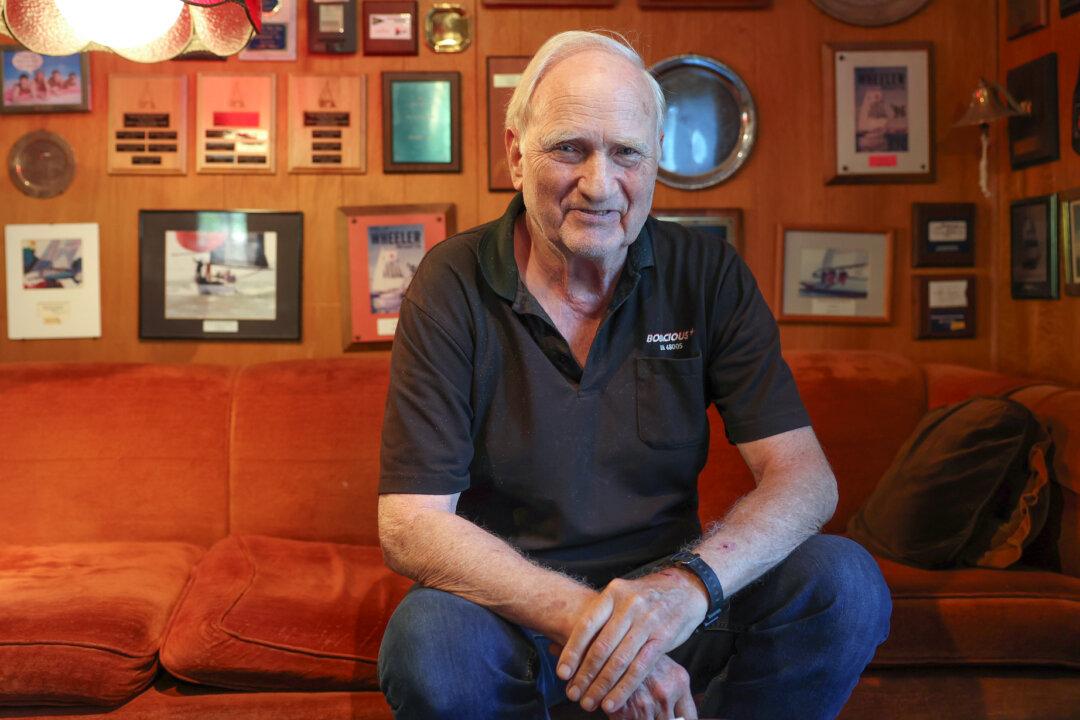Nobel Prize laureate John Clauser has recently been in the spotlight for challenging prevailing climate models, which he said have ignored a key variable.
Mr. Clauser, who was a recipient of the 2022 Nobel Prize in Physics for his contributions to quantum mechanics, holds degrees from Caltech and Columbia University. He has served in roles at Lawrence Berkeley National Laboratory, Lawrence Livermore National Laboratory, and the University of California–Berkeley. In 2010, he was honored with a portion of the Wolf Prize in Physics.


![[PREMIERING 9PM ET] Has the Iranian Threat Been Neutralized? | Michael Doran](/_next/image?url=https%3A%2F%2Fimg.theepochtimes.com%2Fassets%2Fuploads%2F2025%2F07%2F01%2Fid5880816-250701-ATL_Mike-Doran_HD_TN-1080x720.jpg&w=1200&q=75)


